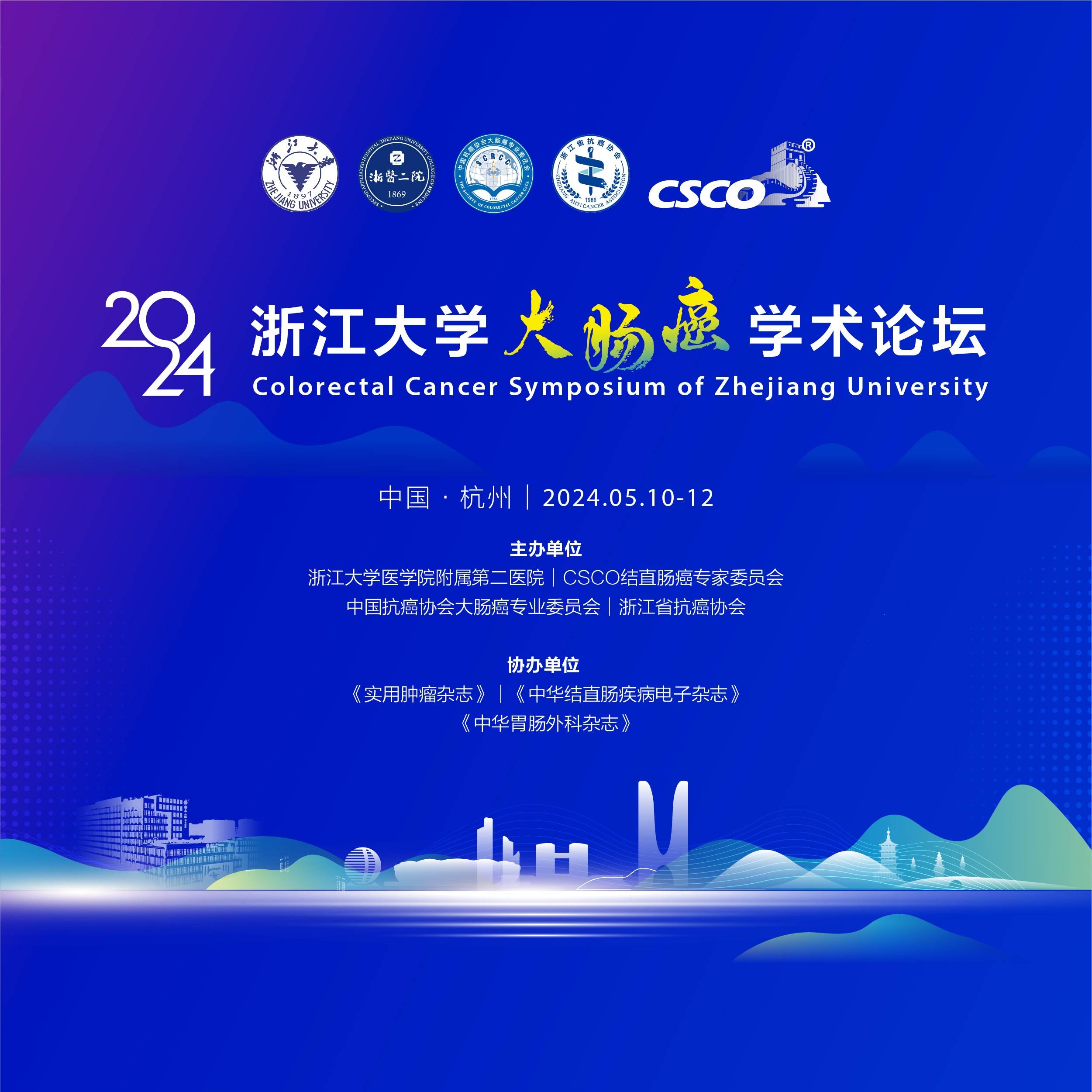点评:邓涤

武汉大学中南医院肿瘤放化疗科医师。2017年毕业于武汉大学医学部(临床医学八年制),现就职于武汉大学中南医院肿瘤放化疗科淋巴造血、癌痛病区,从事相关临床诊疗工作。
卵巢癌患者焦虑和抑郁的潜在负担:一项诊断上的前瞻性纵向研究
背景
女性卵巢癌患者出现焦虑和抑郁的发生率较高,但大多数研究只进行了在单一时间点上的横断面设计,而没有考虑患者的既往史,也并不包括因为使用药物而无症状的患者。本研究的目的是量化新诊断为卵巢癌的女性患者出现焦虑和抑郁的总负担;只在诊断为卵巢癌后出现焦虑和抑郁症状的患者比例,以及症状持续的患者比例;并决定这些受影响的患者接受适当的药物/服务。
方法
OPAL(卵巢癌预后与生活方式)研究是一项针对2012-2015年诊断为卵巢癌的澳大利亚女性的前瞻性研究。在研究开始,这些患者被询问是否曾诊断患有焦虑或抑郁,以及是否在诊断为卵巢癌前一年内服用过抗焦虑或者抗抑郁的药。在诊断为卵巢癌后的3,6,9,12,24,36和48个月分别对患者进行随访,让他们完成医院焦虑和抑郁量表(HADS)并了解患者当前用药的情况。
结果
在893名接受了至少1次随访调查的女性卵巢癌患者中,其中373名(42%)有临床水平的焦虑(HADS> 10分,18%)和/或临床水平的抑郁(15%)和/或在诊断为卵巢癌后的前三年里至少使用了一次抗焦虑或抗抑郁药物(18%)。另有166名女性患者(19%)有亚临床水平的焦虑或抑郁(HADS 8-10分)。在这些临床焦虑或抑郁患者,以及服用抗焦虑/抗抑郁类药物的患者中,其中有159例(42%)患者在≥3个随访时间点上报告有焦虑或抑郁,有218例(58%)患者既往没有焦虑或抑郁病史,有274例(73%)患者在诊断为卵巢癌前一年内未服用过抗焦虑或者抗抑郁的药物。这些报告有临床水平焦虑或抑郁的女性中,仅有45%的患者服用过抗焦虑/抑郁的药物(37%)和/或看过心理医生或心理学家(19%)。在那些诊断为卵巢癌时尚未服用药物的患者中,既往史和乐观程度低是焦虑/抑郁发作最强的预测因素。
结论
超过40%的卵巢癌患者在治疗期间或随访的前3年里出现过临床水平的焦虑或抑郁。对于42%的受影响者来说,这是他们第一次遇到困难,且> 50%的患者没有得到合适的药物治疗或心理支持。这些卵巢癌患者焦虑和抑郁的潜在负担比以前报道的要大得多,但一旦发现,就有义务去有效干预。
专家点评

现任武汉大学中南医院放化疗科淋巴造血、癌痛亚专科主任
前任 李嘉诚基金会武汉大学中南医院宁养院主任
中国生命关怀协会疼痛诊治专业委员会 常委
中国医疗保健国际交流促进会姑息治疗与人文关怀专业委员会 常委
中国抗癌协会癌症康复与姑息治疗专业委员会 委员
中华医学会肿瘤学分会姑息治疗学组 委员
湖北省抗癌协会淋巴瘤专业委员会 副主任委员
湖北省抗癌协会肿瘤心理学专业委员会 副主任委员
湖北省抗癌协会疼痛诊治与姑息治疗专业委员会 常委
湖北省临床肿瘤学会(ESCO)淋巴瘤专业委员会 副主任委员
随着生物、心理和社会医疗模式在临床工作中的广泛被接受,以焦虑和抑郁为代表的心理症状越来越多的被临床重视。肿瘤患者抑郁的发病率是普通人群的4倍[1],晚期肿瘤患者中接近25%的患者合并有抑郁[2]。
随着时间的推移,疾病本身和各种治疗的并发症引起的各种临床症状会逐渐增多。有研究发现,在一些慢性疾病患者中,焦虑和抑郁的发病率是与临床症状(如疼痛)的有无和严重程度明显相关的[3]。因此,单纯一次横断面的调查并不能完全代表这种心理不适的发生水平。
本研究选择存在女性、卵巢癌等明显影响抑郁和焦虑发病的高风险因子的特殊人群,在采用多个时间点完成多次调查后发现40%的患者在诊断为卵巢癌后存在临床水平的焦虑或抑郁,这其中又有大于50%的患者没有得到合适的药物治疗或心理支持,需要引起临床重视。
附摘要原文:
ABS:10081 The hidden burden of anxiety and depression in ovarian cancer: A prospectivelongitudinal study from diagnosis.
Background: Women with ovarian cancer (OC) report high rates of anxiety (A)and depression (D), but most studies have used a cross-sectional design at asingle time-point, not considered prior history and not included women whoare symptom-free due to medication. Our goals were to quantify the totalburden of A/D among women newly diagnosed with OC; the proportions whoexperienced symptoms only after their OC diagnosis and those with persistentsymptoms; and determine use of appropriate medication/services bythose affected.
Methods: The OPAL (Ovarian Cancer Prognosis &Lifestyle)Study is a prospective study of Australian women diagnosed with OC from2012-15. At baseline, they were asked if they had ever been diagnosed withA or D and if they took medication for this in the year before their OC diagnosis.At follow-up (3, 6, 9, 12, 24, 36 & 48 months after diagnosis) theycomplete the Hospital Anxiety and Depression Scale (HADS) and are askedabout current medication use.
Results: Of 893 women with ≥1 follow-upquestionnaire, 373 (42%) reported clinical levels of anxiety (HADS>10,18%) and/or depression (15%) and/or use of anxiolytic or antidepressantmedications (A/D meds) (18%) on at least one occasion during the first 3years after diagnosis. An additional 166 women (19%) reported subclinicalA or D (HADS 8-10). Of those with clinical A/D or taking A/D meds, 159(42%) reported this at ≥3 time-points, 218 (58%) reported no prior historyof A or D and 274 (73%) reported no use of A/D meds in the year prior todiagnosis. When women reported clinical levels of A or D, only 45% reportedtaking medication (37%) and/or seeing a psychiatrist or psychologist (19%).Among those not already on A/D medication at diagnosis, a prior history andlow levels of optimism were the strongest predictors of A/D onset.
Conclusions: More than 40% of women with OC experienced clinical levelsof A or D during treatment or the first 3 years of follow-up. For 42% of thoseaffected this was their first experience of distress and >50% did not receiveappropriate medication or psychological support. The hidden burden ofanxiety and depression in this populationis much greater than previouslyreported but is amenable to effective intervention if recognized.
1. Block SD. Assessing and managing depression in the terminally ill patient. ACP–ASIM End-of-Life Care Consensus Panel. American College of Physicians—American Society of Internal Medicine. Ann Intern Med.2000;132(3):209–218.
2. Lloyd-Williams M, Dennis M, Taylor F. A prospective study to determine the association between physical symptoms and depression in patients with advanced cancer. Palliat Med.2004;18(6):558–563.
3. Katon W, Lin EH, Kroenke K. The association of depression and anxiety with medical symptom burden in patients with chronic medical illness. Gen Hosp Psychiatry.2007;29(2):147–155.












 苏公网安备 32059002004080号
苏公网安备 32059002004080号


